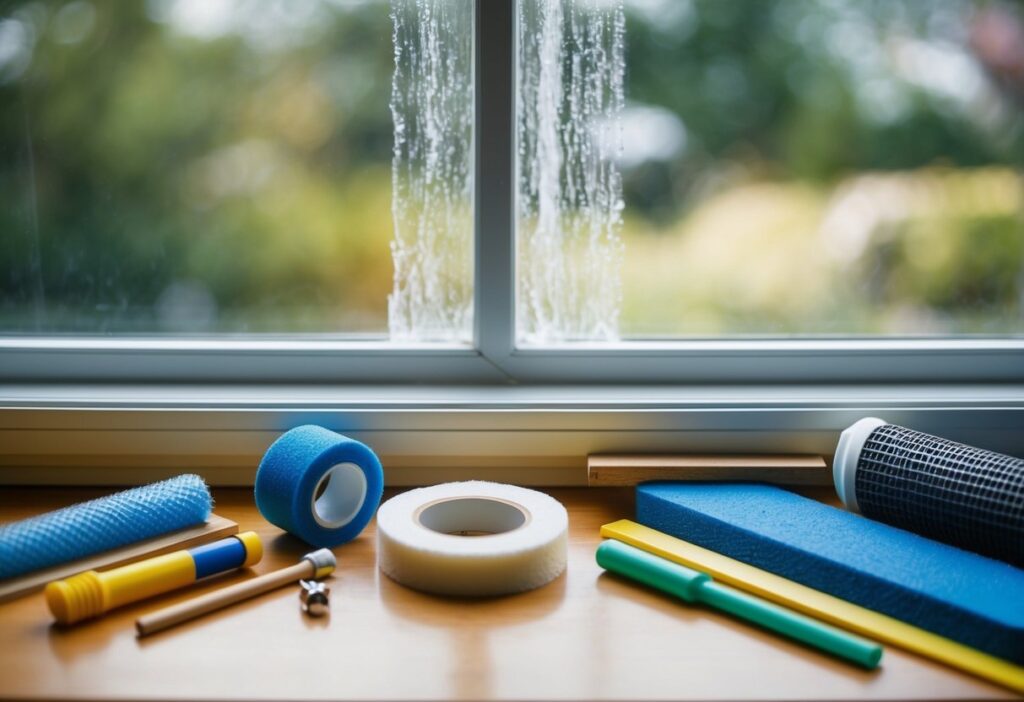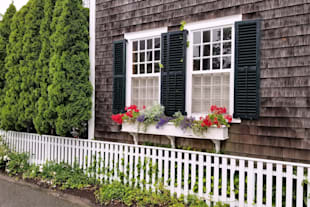Draughty windows can make homes uncomfortable and increase energy bills. Many homeowners deal with this common problem, especially in older houses. Identifying the source of draughts is the first step to fixing them.
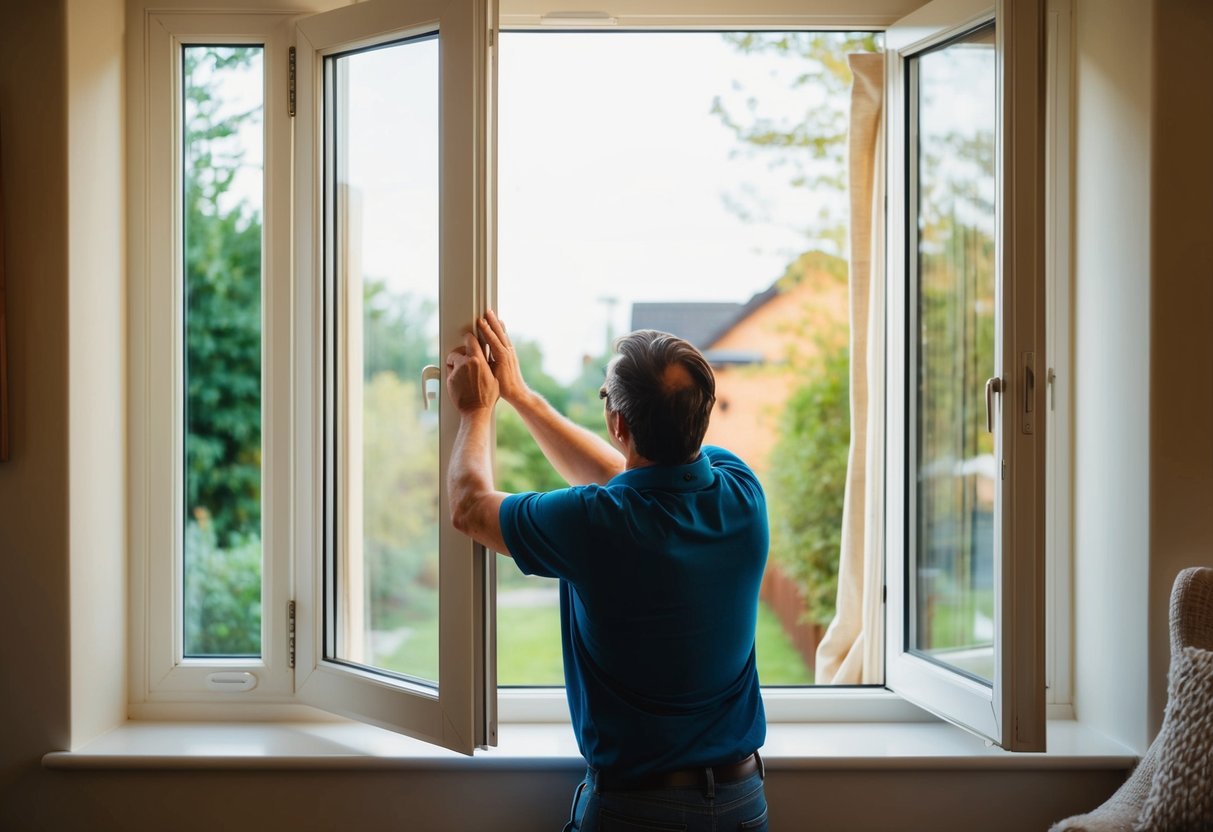
Sealing gaps around windows with weatherstripping or caulk often solves draught issues. These simple DIY ways to Fix Draughty Windows can make a big difference in keeping warm air inside. For more serious problems, upgrading to double-glazed windows or adding insulating films may be needed.
Fixing draughty windows helps create a cosier home and can lower heating costs. With some basic tools and materials, most people can tackle this project themselves. The rest of this article will cover how to find draughts and different ways to stop them.
Understanding Draughts in Your Home

Draughts from windows can make homes feel chilly and increase heating costs. Spotting these air leaks and knowing their causes helps homeowners take action to fix the problem.
Identifying Draughty Windows
To find draughty windows, use your senses. Feel for cold air with your hand around window edges. Listen for whistling sounds when it’s windy outside. Look for gaps between the window and frame.
Try the candle test. Hold a lit candle near window edges on a breezy day. If the flame flickers, you’ve found a draught. Check curtains too – movement can point to air leaks.
Foggy or frosty windowpanes may mean poor insulation. In winter, icy patches on windows can show where cold air enters.
Causes of Heat Loss Through Windows
Old or damaged windows often let heat escape. Common issues include:
- Worn weatherstripping
- Cracked window panes
- Warped frames
- Gaps in sealant
Single-pane windows lose more heat than double-glazed ones. Poorly fitted windows create gaps for air to flow through.
The type of glass matters too. Standard glass conducts heat more than low-E coated panes. Window size and placement affect heat loss. Large windows or those facing prevailing winds may be more draughty.
Lack of proper maintenance can worsen draughts over time. Regular checks and fixes help keep windows snug and energy-efficient.
Materials and Tools for Draught-Proofing
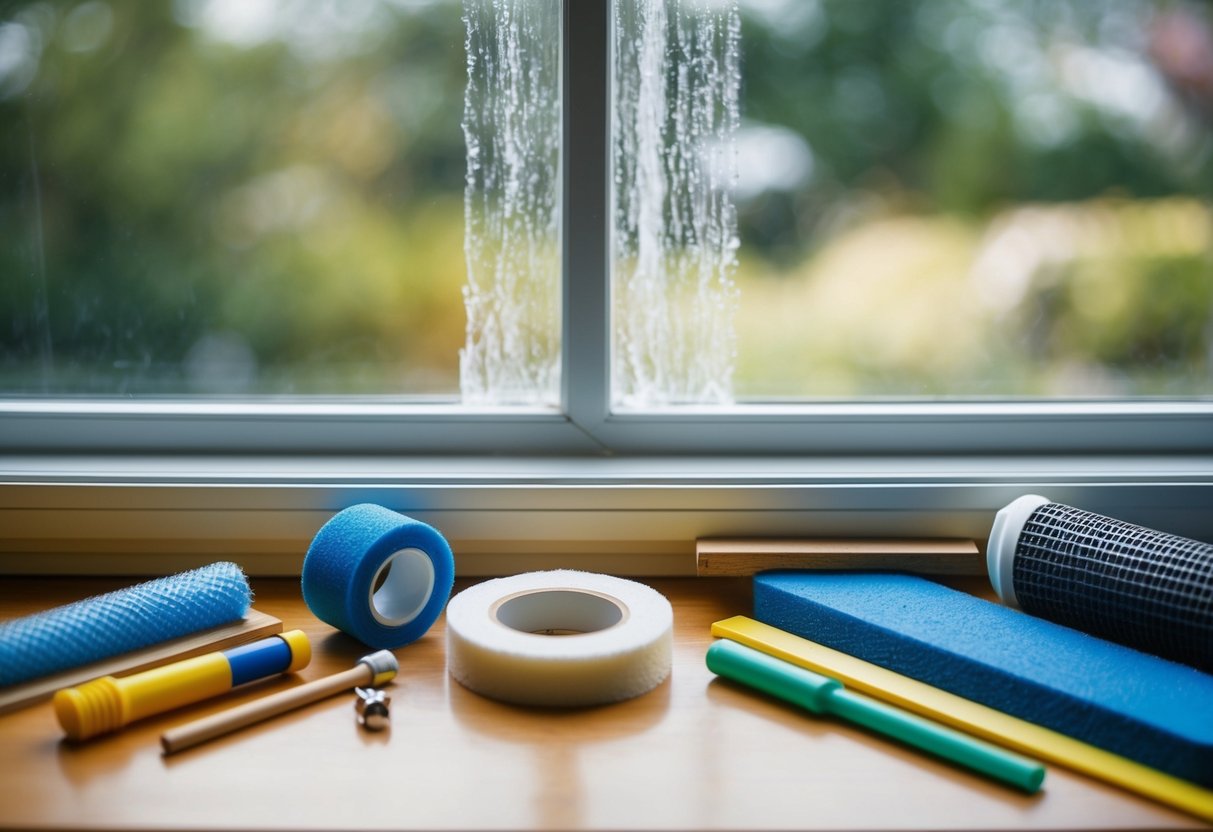
Fixing draughty windows requires the right supplies and equipment. Proper insulation materials and tools can make a big difference in sealing gaps and stopping cold air.
Choosing the Right Insulation Materials
Self-adhesive foam strips are easy to use and work well for smaller gaps. They come in different thicknesses to fit various window frame sizes. Plastic strips offer more durability for high-traffic areas.
Brush strips suit sliding sash windows nicely. They allow movement while still blocking draughts. For casement windows, rubber strips work better. They create a tight seal when the window is closed.
Silicone sealant fills cracks and gaps in fixed windows. It’s flexible and long-lasting. Weather stripping comes in rolls and sticks to the edges of movable windows and doors.
Essential Tools for Draught-Proofing
A caulk gun is key for applying sealants smoothly. Get one that’s comfortable to hold and easy to control. Scissors or a utility knife help cut foam and plastic strips to size.
A tape measure ensures you buy the right amount of materials. A screwdriver may be needed to remove and replace window hardware.
Clean rags are handy for wiping surfaces before applying adhesives. They also help smooth out sealants.
For a pro-level job, consider a draught detector. This tool finds hidden air leaks around windows and doors.
Step-by-Step Draught-Proofing Techniques
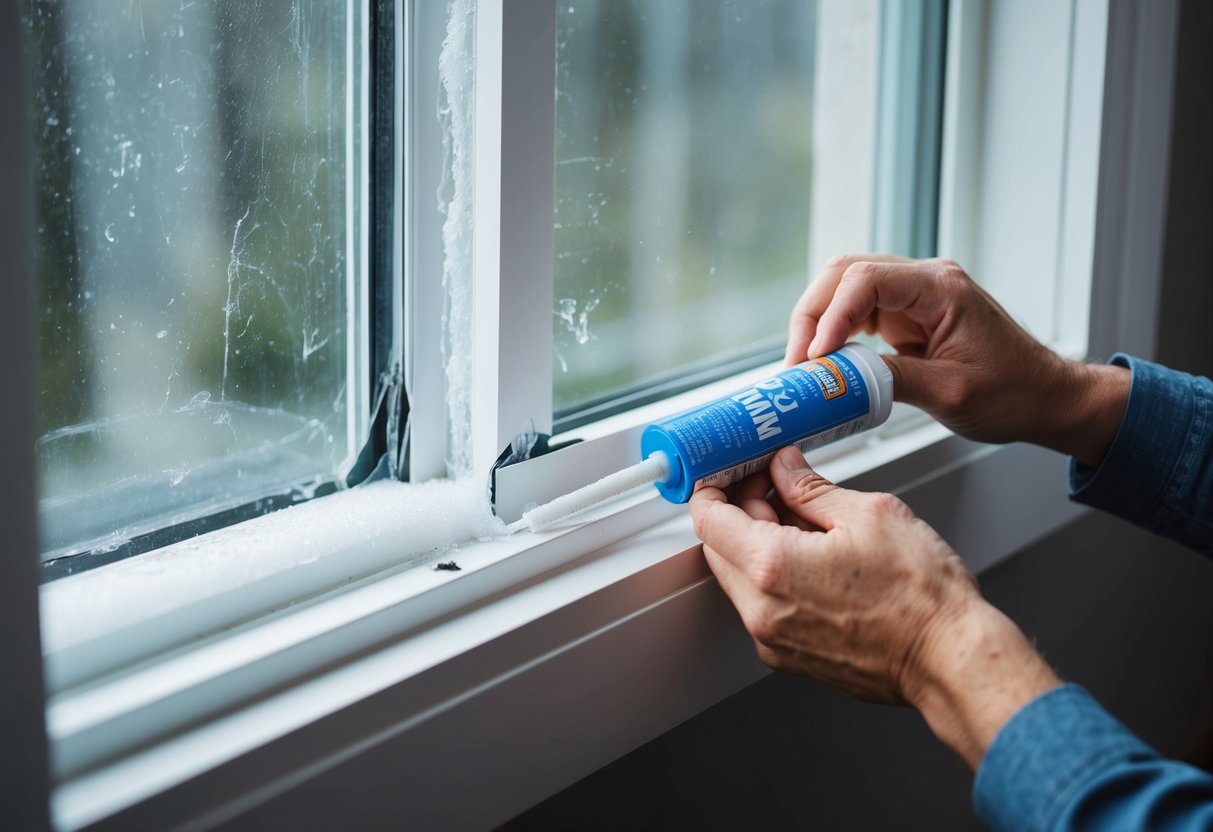
Draught-proofing windows can make your home warmer and more energy-efficient. These methods help seal gaps and cracks to keep cold air out and warm air in.
Sealing Window Frames
Start by checking window frames for gaps or cracks. Clean the area around the frame with a damp cloth. Let it dry completely.
Apply a thin bead of caulk along the edge where the frame meets the wall. Use a caulking gun for even application. Smooth the caulk with a wet finger or caulking tool.
For larger gaps, use expanding foam. Cut the nozzle to fit the gap size. Apply the foam carefully, as it will expand.
Allow the caulk or foam to dry fully before painting over it.
Applying Weather Stripping
Weather stripping seals the gaps between moving parts of windows. Measure the window perimeter before buying.
Clean the window frame and sash thoroughly. Remove old weather stripping if present.
For sash windows, apply self-adhesive foam strips along the bottom of the lower sash. Place V-shaped weather stripping in the channels where the sashes slide.
For casement windows, stick foam tape around the edges of the frame where the window closes.
Press the weather stripping firmly to ensure good adhesion. Test the window to make sure it closes properly.
Installing Secondary Glazing Measures
Secondary glazing adds an extra layer of insulation to existing windows. It’s less costly than full double glazing.
Magnetic strips with clear plastic sheets are a simple option. Clean the window frame. Stick magnetic strips around the frame. Cut the plastic sheet to size and attach it to the strips.
Window film is another easy choice. Clean the window pane. Apply double-sided tape around the edges. Carefully stretch the film across the window. Use a hairdryer to shrink the film for a tight fit.
For a more permanent solution, consider installing secondary glazing panels. These fit inside the existing window frame, creating an insulating air gap.
Enhancing Home Warmth and Energy Efficiency

Proper window treatments and upgrades can greatly improve a home’s warmth and energy efficiency. These methods help reduce heat loss and create a more comfortable living space.
Benefits of Double and Triple Glazing
Double and triple glazed windows offer excellent insulation for homes. They use multiple panes of glass with air or gas-filled spaces between them to reduce heat transfer.
Double glazed windows can cut heat loss by up to 50% compared to single pane windows. Triple glazing provides even better insulation, reducing heat loss by up to 70%.
These windows also reduce condensation and outside noise. They can lower energy bills and increase property value.
Installation costs can be high, but the long-term savings often make it worthwhile. Double glazing typically lasts 20-25 years, while triple glazing can last even longer.
Using Curtains and Blinds Effectively
Heavy curtains and thermal blinds can significantly reduce heat loss through windows. They create an extra layer of insulation, especially when closed at night.
Thermal curtains have a special lining that reflects heat back into the room. They can reduce heat loss by up to 25% when properly fitted.
For best results, curtains should be floor-length and fitted close to the window. Using a pelmet above the curtain rail can further reduce heat loss.
Blinds can also be effective, particularly cellular blinds with honeycomb-shaped air pockets. These trap air and provide insulation.
Opening curtains and blinds during sunny days allows natural heat to warm the room. Closing them at night keeps this warmth inside.
When to Consider Window Replacement
Old windows can lead to energy loss and higher bills, if you don’t want to just fix draughty windows, replacing them can improve comfort and efficiency in your home.
Evaluating the Need for Replacement Windows
Look for signs of wear and damage. Cracked or warped frames, condensation between panes, and draughts are red flags. Single-pane windows are less efficient than modern double-glazed options. Check if your windows open and close properly. Stuck or difficult-to-operate windows may need replacement.
Measure energy loss with a thermal camera or candle test. Hold a lit candle near the window edges on a windy day. If the flame flickers, you likely have air leaks. The Energy Saving Trust recommends upgrading to energy-efficient windows to reduce heat loss and save on bills.
Choosing Energy Efficient Windows
Pick double or triple-glazed windows for better insulation. Look for low-emissivity (low-E) glass coatings that reflect heat back into your home. Check the window’s U-value – lower numbers mean better insulation.
Consider the frame material. uPVC is low-maintenance and affordable. Wood offers a classic look but needs more upkeep. Aluminium is strong and slim but conducts heat more easily.
Storm windows can be a cost-effective alternative to full replacement. They add an extra layer of insulation over existing windows. This can improve energy efficiency without the expense of new windows.
